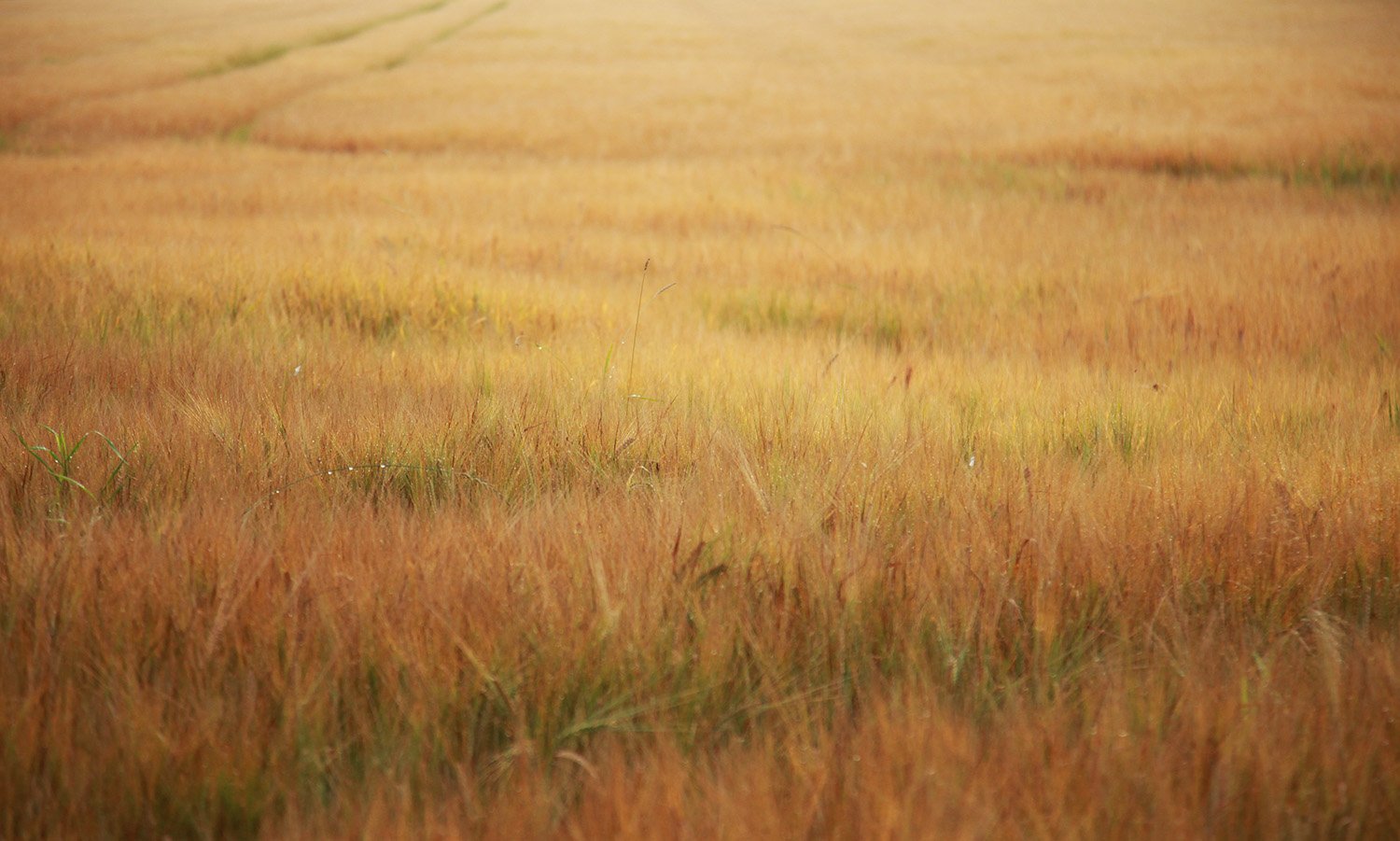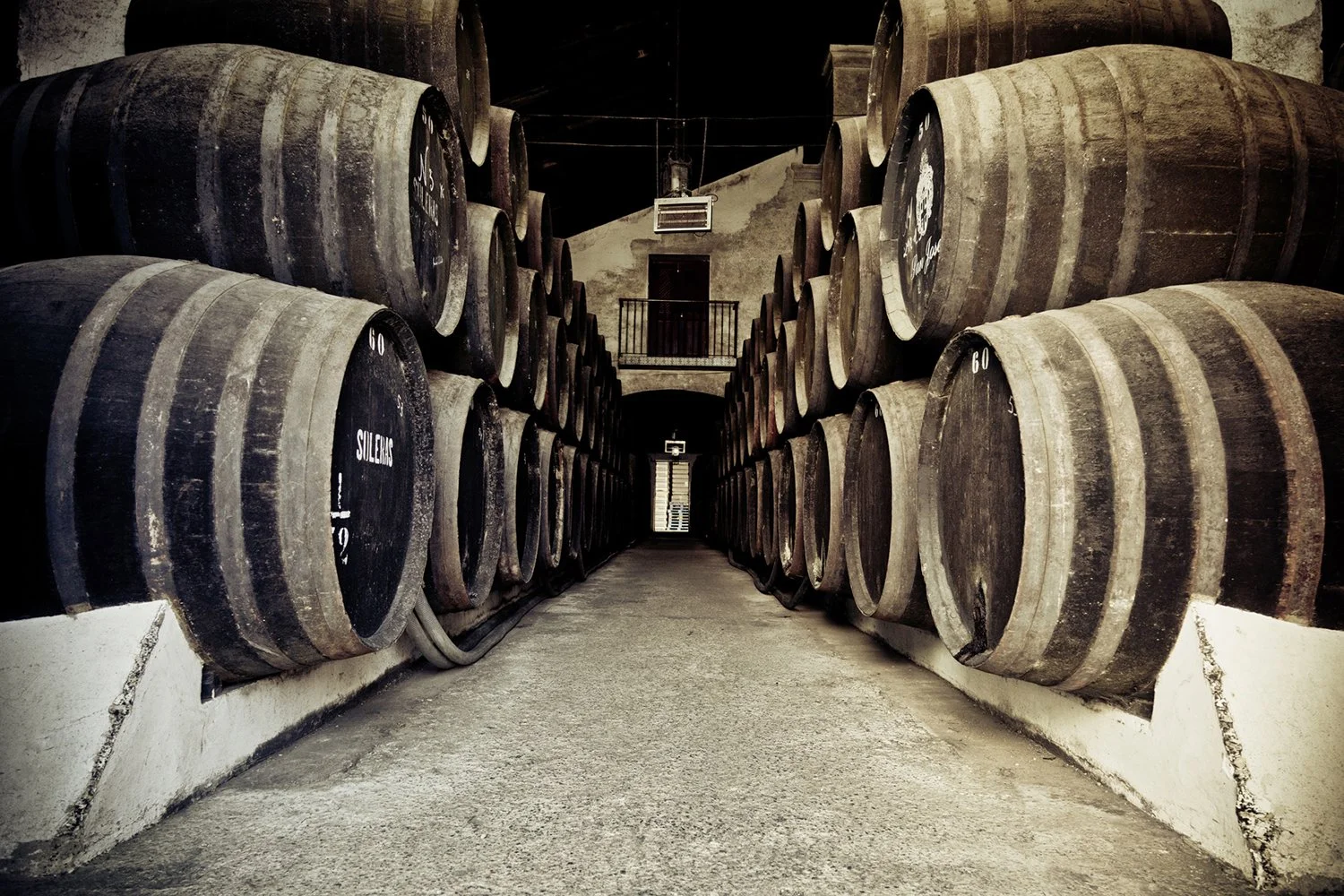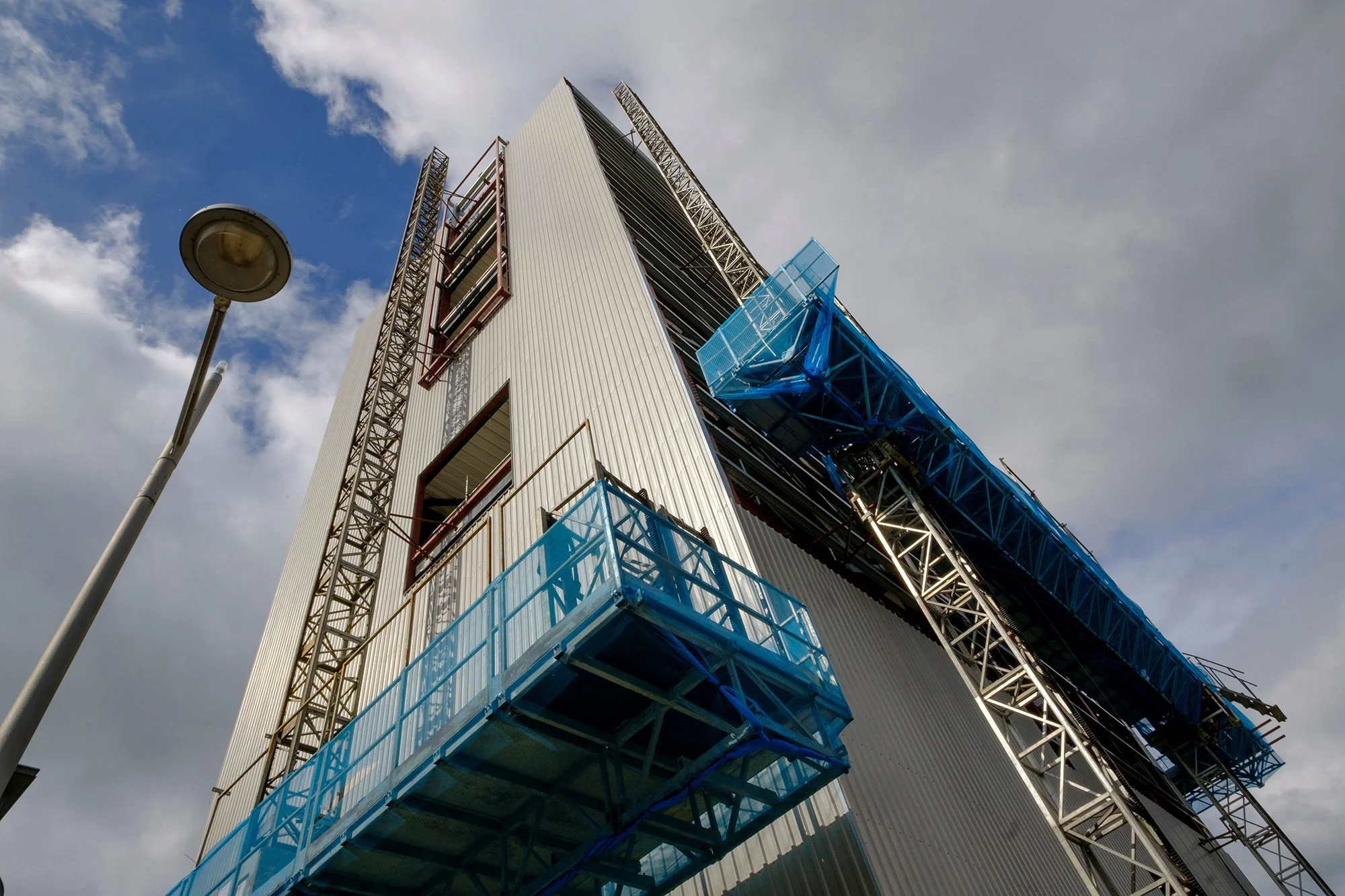
AGRICULTURE DIVISION
Great wine is made in the vineyard.
Does great whisky start in the field?
Distilleries are paying more attention to where their key raw material comes from, and there’s growing evidence from producers like Bruichladdich in Scotland, and the Waterford Distillery in Ireland, that it really matters.
There are so many opportunities to explore in grain production. The specific lay of the land (terroir) has been shown to impact flavour. The varietal of barley used can also be very significant. Then there’s the environmental and qualitative impacts of specific farming practices. And that’s before we even get to malting the barley.
Had we taken the usual route of simply buying malted barley from a maltster, we would have had no opportunity to ask any questions. So instead, we managed to find a single farm, just a few miles away from our distillery, whose barley we will to use in perpetuity for our whisky.
We don’t have all the answers about what barley makes great whisky yet - but now we have the opportunity to ask the questions.
Our Whisky Researcher Victoria Muir-Taylor and co-founder Ian Stirling on their first visit to Upper Bolton farm in November 2020
James Clark in his state-of-the-art warehouse at Upper Bolton Farm.
Andrew & James Clark, with our co-founder Ian Stirling.
Located just a few miles outside of Edinburgh, Upper Bolton Farm lies in the shadow of the Lammermuir Hills. They’ve been growing barley here for generations and now it’s brothers James and Andrew Clark who farm the land.
It would normally be very hard for a small distillery like ours to work with a single farm, but the Clark brothers have invested in modern storage that enables them to keep the harvested grain at the right temperature and humidity for us, so we can take it in batches throughout the year.
We were introduced to James and Andrew by Crisp Malt, who will collect the grain from Upper Bolton Farm and transport it to their maltings in Alloa, to the west of Edinburgh. From there, it will be delivered to our distillery in Leith, making the round trip from the farm to our stills one of the shortest of any distillery in the UK, significantly cutting the food miles and carbon impact of our barley.
The farm and the maltings are located on either side of Edinburgh. Our barley will make a 90 mile round trip.
Upper Bolton Shadow lies to the north of the Pentland HIlls, which create a perfect micro-climate in this part of East Lothian.
All of the fields have a slight incline, which allows heavy rainfall to drain off the land. This is particularly important as we get closer to harvest.
THe first crop
It begins with a seed in the ground. This is where our single malt’s journey begins. For the next six months, the fate of our grain is largely in the hands of the weather. Some years will be better than others but we’re fortunate that our first crop, grown across March to August 2022, had ideal growing conditions.
The Future
That was Year 1. We found our farming partners and established a process that allows us to work with a single, local source of barley, building on our ambition to make a whisky that reflects the people, place and time in which it was made.
James and Andrew have fantastic land, and the modern facilities we need to accommodate this process. But perhaps more important than that, they share our ambition to learn, experiment and evolve with us over time.
We want to explore what we can do in these fields to enhance future vintages of our Scotch Whisky. That may mean introducing new, or heritage varieties of barley. It will mean adapting to climate change and its impacts on farming. It will mean trialing new farming practices that enhance our drive for sustainability.
It’s all part of making New Scotch.
What Next?












